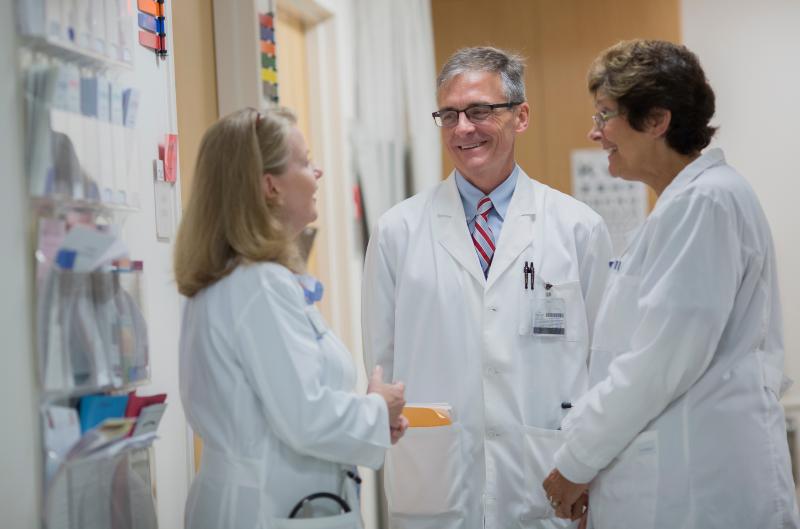
Compared to younger adults, older people have higher rates of complications from surgery. But many problems can be avoided by intervening with assessments and risk-reduction strategies before, during and after procedures.
The effort – a program developed at Duke called Perioperative Optimization of Senior Health, or POSH – was established in June 2011 by co-directors Sandhya Lagoo-Deenadayalan, MD, associate professor of surgery and a general surgeon, and Mitchell Heflin, MD, associate professor of medicine (Geriatrics), with support from the Departments of Surgery and Medicine.
It includes a coordinated approach by surgery, geriatrics and anesthesiology to help older patients make an informed decision about proceeding with and preparing for elective surgeries in order to have the best possible outcomes.
Published Jan. 3 in JAMA Surgery, the researchers report that redesigning care resulted in shorter hospitals stays, lower readmission rates and a greater likelihood that patients would be discharged directly home without a nursing home stay or need for home health care. Patients in the POSH program also had overall fewer complications during their hospitalization.
“Our study shows that older adults do better when we proactively identify individual risks – particularly those associated with aging – and implement optimization strategies across a longer preoperative and postoperative timeframe,” said lead author and geriatrics specialist Shelley McDonald, DO, PhD, assistant professor of medicine (Geriatrics). “This is a growing need as the population ages, and these results demonstrate that by preparing patients and their caregivers for surgery we can improve outcomes for older people undergoing elective surgery.”
The Duke team focused on older patients planning to undergo elective abdominal surgeries. The patients were at least 65 years old, with one or more health factors that put them at higher risk of complications from surgery, including cognitive impairment, recent weight loss, chronic diseases, multiple medication needs, mobility difficulties and frailty.